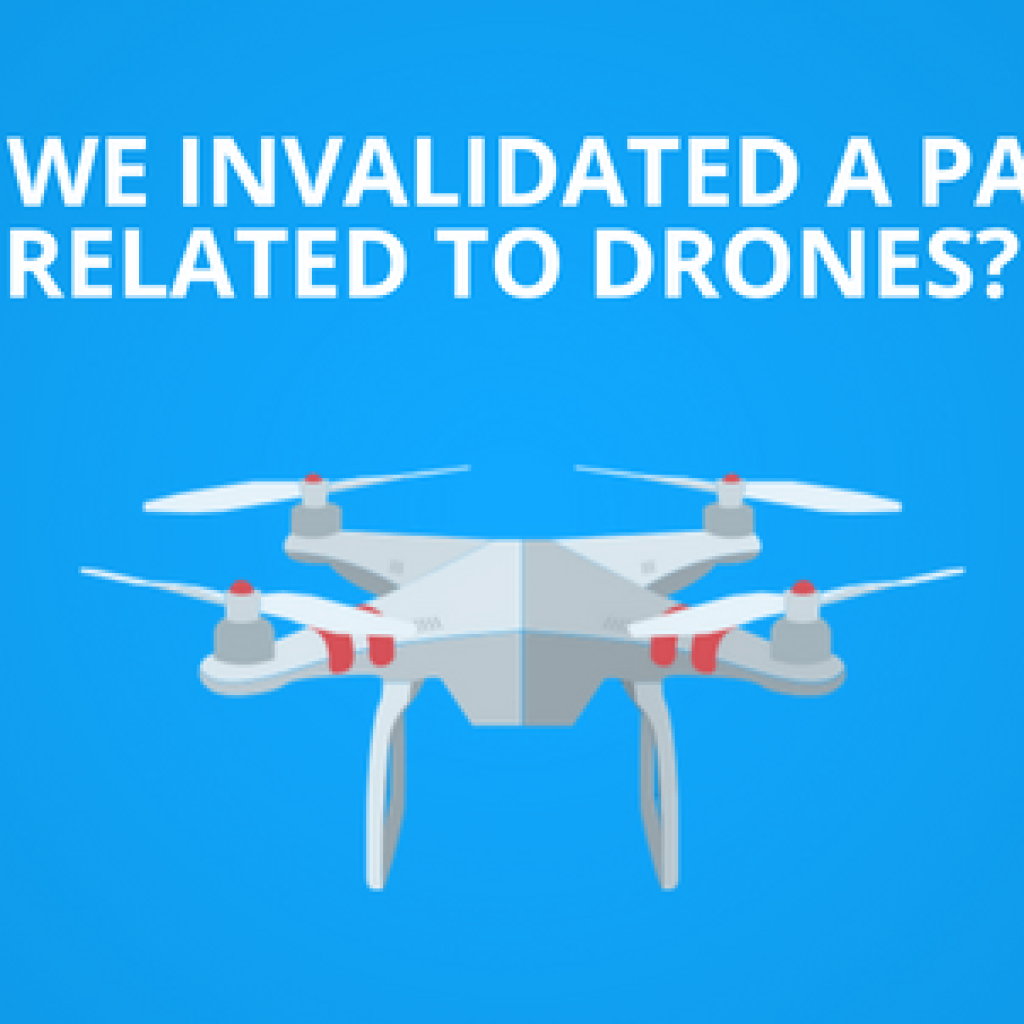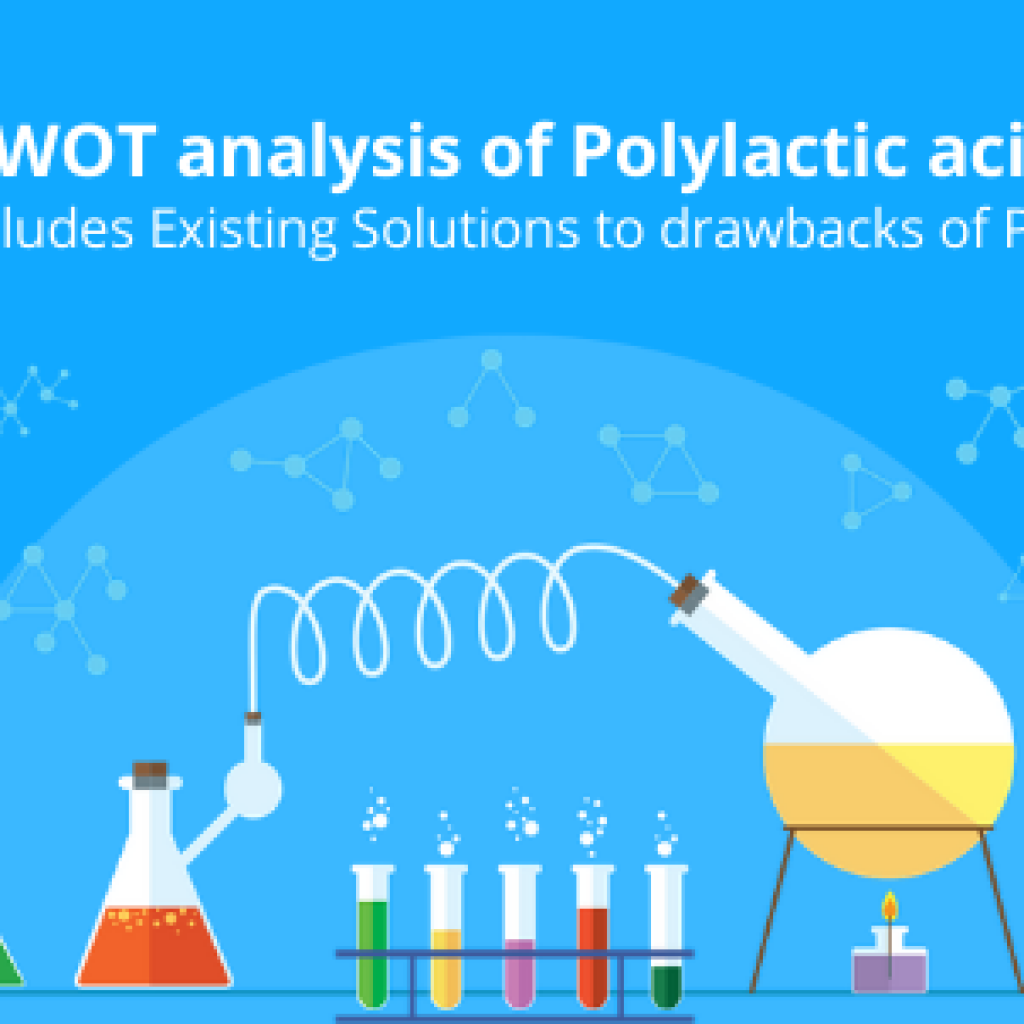The previous article laid ground to explain the stakeholders in the Healthcare domain and how 5G is affecting each of them. Moving forward we answer a question every business head (you too?) have on their mind next – ‘which companies should you collaborate with?’
5G is on the verge of complete standardization. Due to this, there is a lot of collaboration, patent filing, and startups emerging in various industries including healthcare as we speak. Companies are tirelessly making efforts to have their patent included in the 3GPP Standards. Of course, this is an obvious step. Licensing yields a lot of revenue for the Standard owners. And who wouldn’t want their IP portfolio to be a money-making machine, right?
Even if you aren’t a participant in the standardization process, you can still be an early bird and catch the right ride to the 5G implemented Healthcare future. All you have to do is choose the Right Partner for collaborations.
It isn’t a secret that many big players are gearing up to enter the Healthcare battlefield with you. A set of the best-tailored ammunition is a must to survive. For that, your partner needs to be aligned with your end motive and have expertise in the field you’re about to venture into. Your competitors are already on it.
In this article, we have listed healthcare companies collaborating to make a mark on the industry. We have also explored how you too can shortlist companies for collaboration.
So without further ado, let’s start with it.
Collaborations in the Healthcare Industry
3M Health Information Systems and Verily Life Sciences
Recently, 3M Health Information Systems collaborated with Verily Life Sciences, an Alphabet company to develop new population health measurement technology for managing clinical and financial performance.
The joint technology platform will be designed to turn population-level health data sets into manageable and prioritized information. So, the participating hospitals, health systems, payers, regulators, and strategic partners can evaluate performance, reduce waste and identify areas that impact efficiency, quality, and cost.
This partnership is an example of data management right here. Including storing and accessing the Electronic Health records of patients, the data store of medicinal history, new regulations, etc.
Samsung Electronics, Deakin University & Unisono
Samsung Electronics Australia, Deakin University, and an independent research group Unisono is another noteworthy collaboration. They will collaborate on internet-connected smart home technologies for the healthcare sector. The partnership will guide Australian R&D programs into how IoT and artificial intelligence platforms can support assisted living. This will be a trial of three smart home technology-focused projects, focused on diabetic patients, the elderly, and brain/spinal injury patients. The companies will use Samsung’s hardware and Deakin’s software in these projects.
The above collaboration solves the purposes of remote monitoring and telemedicine which is enhanced by the introduction of 5G. This being said, one would expect that since these large-scale companies are working on said technological domains they must also have been working on standardizing their technologies and novel ideas.
Are the collaborations as easy as they appear?
Of the many challenges in entering a collaboration, one of the obvious yet common ones can be an unclear knowledge of the potential collaborator’s list, their contributions, or their current status in the filing race.
To aid you in shortlisting, as to who deserves your attention, we have collated insights from the 3GPP standards to help you choose the Right Partner for you.
Let’s see who are the contributors that are working to standardize their technologies on similar fields as described above-
Philips
Philips has active contributions in the healthcare domain, ranging from cardiac telemetry monitoring to data security in high bitrate use cases.
Driving the adoption of 5G, Philips has also partnered with Qualcomm. And Qualcomm has already brought virtual reality and AI-enabled chipsets to devices.
Philips has designed a Lifeline pendant, with a tiny built-in mobile phone. This device automatically alerts a response center with the patient profile, including their medical history, and analyzes vital signs in case a patient has a stroke and falls.
The below picture describes a graph of all such more contributions.
Siemens
Siemens is actively working on 5G standardization. It Launched the first 5G router for industrial application in 2021. The company is also collaborating with Qualcomm to set up the first 5G private standalone network in an industrial environment using the 3.7-3.8GHz band. Thus driving the future of industrial manufacturing using 5G.
Apart from this, It is also contributing to the Healthcare domain, in fields of Device-to-device communication, Network operation, etc. At the China International Import Expo (CIIE) 2019, the solution from Siemens Healthineers for 5G-based remote diagnostic assistant and laboratory co-robot remote operation technology, which makes a high-quality remote diagnosis of medical images possible through HD video transmission, made its debut.
The on-site staff of Siemens Healthineers used the HD video and images transmitted via 5G network signals to make real-time communication with the sonographer at the Community Health Service Center of Shaoqing Street in Pengshui Miao and Tujia Autonomous County for instructions and consultation, providing a timely and accurate diagnosis for patients.
The below picture describes more such contributions.
Fujitsu
Fujitsu’s open, integrated 5G network solutions meet connectivity needs for Public 5G and Private 5G networks. It provides reliable, high-capacity, top-quality mobile data service. And that’s a key driver for innovation across many industries, especially the automotive, transportation, manufacturing, energy, utilities, and healthcare sectors.
The picture described below is a quick summary of all such contributions by Fujitsu Labs in 5G standards.
Sony
Sony has been substantially working on IoT applications, especially in healthcare. But, the proliferation of the Medical IoT (IoMT) becomes a gold mine for criminals and a nightmare for care providers. Based on the Criotive platform, Sony’s IoT provisioning solution establishes a secure channel for communication to and from connected devices. This makes it an important part of the armory in the fight to protect health data from malicious actors.
The picture below represents a quick summary of all such contributions done by Sony in the 5G domain.
Conclusion
5G in the Healthcare Industry is increasing exponentially and so is the need to collaborate! A well-drafted plan for approaching companies that are at the apex of their R&D is essential for healthcare companies.
Moreover, collaborating with companies that already have an early advantage over standardization of technology and ownership of essential patents can prove to be much more fruitful than those that aren’t. This is because the litigation on your technology will mainly occur over the use of standard-essential technology.
The next part of this series will be another step closer to finding the right tailored-fit company for you. So, stay tuned by subscribing to us.










